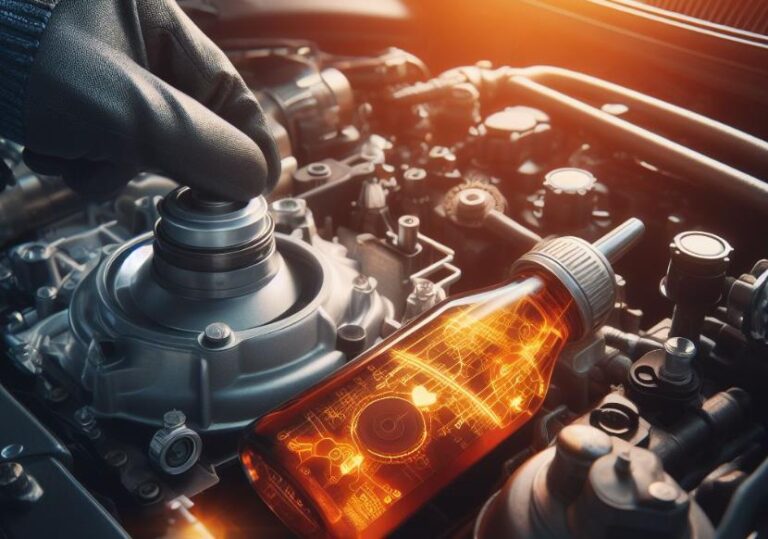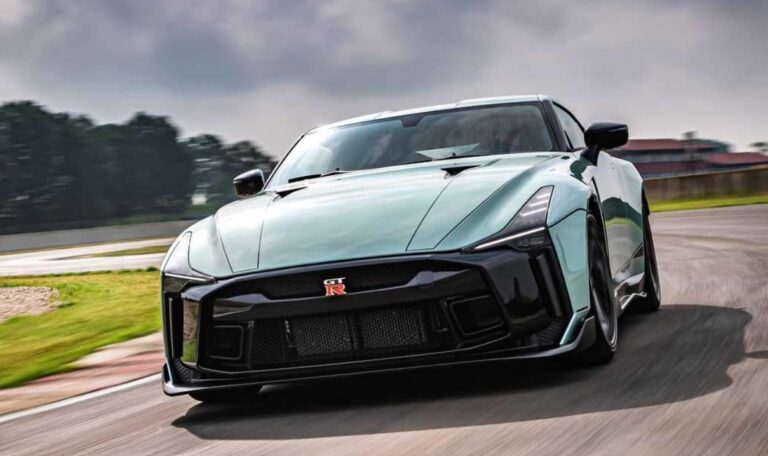How Many Miles Per Gallon Does A Nissan Rogue Get? Answered
If you’re in the market for a compact SUV, one of the key factors you’ll likely consider is fuel efficiency. So, how many miles per gallon does a Nissan Rogue get? This article aims to provide a comprehensive answer to that question, along with additional insights into the Nissan Rogue’s performance, features, and more.
Key Takeaways
- Average Combined MPG: The Nissan Rogue offers an average combined MPG ranging from 31 to 33.
- City MPG: In city driving conditions, you can expect around 28 to 30 MPG.
- Highway MPG: On the highway, the Nissan Rogue performs even better, offering around 34 to 37 MPG.
- Fuel Efficiency: The Nissan Rogue is one of the more fuel-efficient options in the compact SUV category.
- Variants: The fuel efficiency slightly varies depending on whether you opt for the FWD or AWD variant.
How Many Miles Per Gallon Does A Nissan Rogue Get?
The Nissan Rogue offers an average combined MPG of 31 to 33. Specifically, the 2022 Nissan Rogue FWD variant has a combined MPG of 33, with 30 MPG in the city and 37 MPG on the highway. The AWD variant offers a combined MPG of 31, with 28 MPG in the city and 35 MPG on the highway.
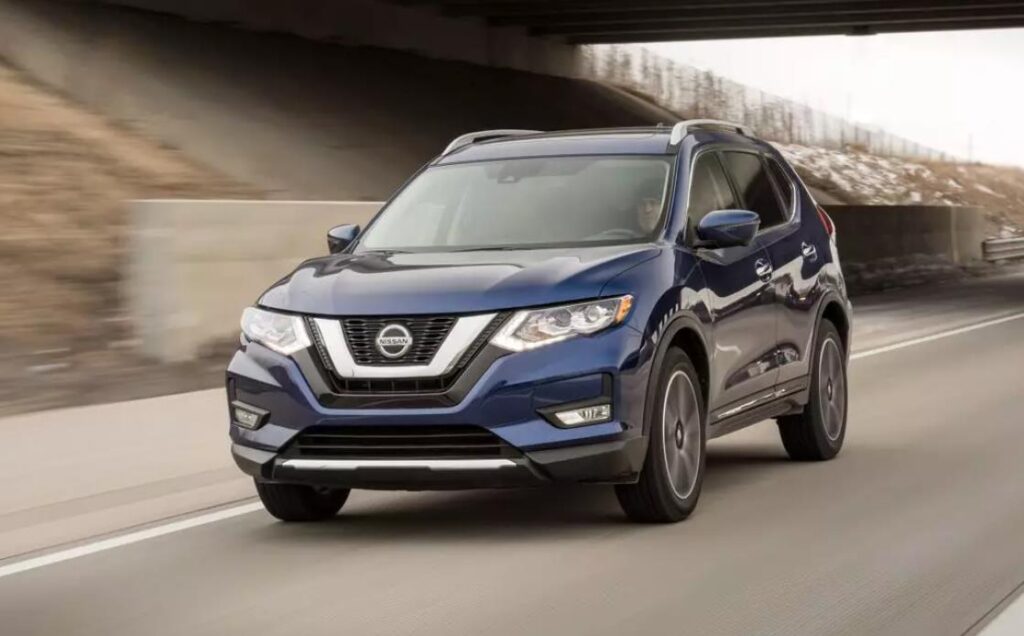
City MPG
In city driving conditions, the Nissan Rogue FWD variant offers around 30 MPG, while the AWD variant offers around 28 MPG.
Highway MPG
When it comes to highway driving, the Nissan Rogue variant offers around 37 MPG, and the AWD variant offers around 35 MPG.
Factors Affecting Fuel Efficiency
Fuel efficiency is a critical aspect for any vehicle owner, and it’s essential to understand the various factors that can impact it. While the Nissan Rogue offers impressive fuel economy, several elements can affect its efficiency, as well as that of other vehicles. Here’s a detailed look at these factors:
Driving Habits
Speed
Driving at higher speeds increases air resistance, which in turn requires more energy to maintain the speed, thus reducing fuel efficiency.
Acceleration and Braking
Frequent and sudden acceleration and braking can consume more fuel. Smooth driving is more fuel-efficient.
Road Conditions
Terrain
Hilly or mountainous terrains require more power from the engine, affecting fuel efficiency negatively.
Traffic
Stop-and-go traffic conditions can significantly reduce fuel efficiency due to constant acceleration and braking.
Vehicle Condition
Tire Pressure
Under-inflated or over-inflated tires can affect the vehicle’s fuel efficiency. It’s essential to maintain the recommended tire pressure for optimal performance.
Engine Maintenance
A well-maintained engine runs more efficiently, consuming less fuel. Regular oil changes and air filter replacements can make a noticeable difference.
Weather Conditions
Temperature
Cold weather can affect fuel efficiency as the engine takes longer to reach its most efficient operating temperature.
Wind Resistance
Strong winds, especially headwinds, can increase air resistance, requiring the engine to work harder and thus consume more fuel.
Vehicle Load
Weight
Additional weight from passengers, cargo, or accessories like bike racks can reduce fuel efficiency.
Aerodynamics
Roof racks and carriers can affect the vehicle’s aerodynamics, leading to increased fuel consumption.
Fuel Type and Quality
Different types of fuel have varying energy content. Higher octane fuels are generally more efficient but are also more expensive.
Driving Modes
Some vehicles come with different driving modes like “Eco” or “Sport,” which can either improve or reduce fuel efficiency.
Compared with Other SUVs
When it comes to fuel efficiency, the Nissan Rogue is a strong contender in the compact SUV segment. However, it’s essential to compare it with other popular SUVs to get a comprehensive understanding of how it stacks up. Below are some comparisons with other well-known SUVs in the market:
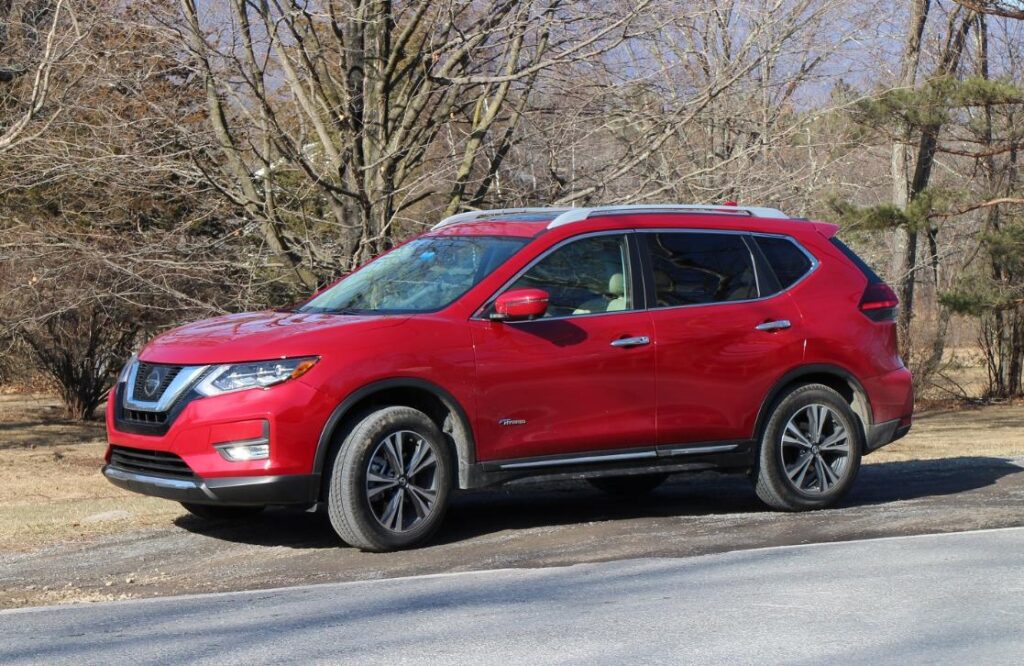
Honda CR-V
- Fuel Efficiency: The Honda CR-V offers a combined MPG of around 28.
- Engine: Comes with a 1.5-liter turbocharged 4-cylinder engine.
- Performance: While the Honda CR-V offers a comfortable ride, it doesn’t quite match the Rogue’s fuel efficiency.
Toyota RAV4
- Fuel Efficiency: The Toyota RAV4 offers a combined MPG of around 30.
- Engine: Equipped with a 2.5-liter 4-cylinder engine.
- Performance: The Toyota RAV4 is a close competitor to the Rogue in terms of fuel efficiency but falls slightly short.
Ford Escape
- Fuel Efficiency: The Ford Escape offers a combined MPG of around 27.
- Engine: Comes with multiple engine options, including a 1.5-liter turbocharged 3-cylinder.
- Performance: While the Ford Escape offers good performance, it lags behind the Rogue in fuel efficiency.
Subaru Forester
- Fuel Efficiency: The Subaru Forester offers a combined MPG of around 29.
- Engine: Equipped with a 2.5-liter flat-4 engine.
- Performance: The Subaru Forester offers standard all-wheel drive but is slightly less fuel-efficient than the Rogue.
Hyundai Tucson
- Fuel Efficiency: The Hyundai Tucson offers a combined MPG of around 26.
- Engine: Comes with a 2.5-liter 4-cylinder engine.
- Performance: The Hyundai Tucson offers a comfortable and tech-rich interior but falls behind the Rogue in fuel efficiency.
Mazda CX-5
- Fuel Efficiency: The Mazda CX-5 offers a combined MPG of around 25.
- Engine: Equipped with a 2.5-liter 4-cylinder engine.
- Performance: While the Mazda CX-5 offers excellent driving dynamics, it is less fuel-efficient than the Rogue.
Chevrolet Equinox
- Fuel Efficiency: The Chevrolet Equinox offers a combined MPG of around 26.
- Engine: Comes with a 1.5-liter turbocharged 4-cylinder engine.
- Performance: The Chevrolet Equinox offers a range of safety features but is not as fuel-efficient as the Rogue.
By comparing the Nissan Rogue with these other SUVs, it becomes clear that the Nissan Rogue is one of the more fuel-efficient options in its class. This makes it an excellent choice for those who prioritize fuel economy in their vehicle selection.
Cost Savings
Owning a Nissan Rogue could result in significant fuel cost savings over time, especially if you do a lot of driving.
Short-Term Savings
Even in the short term, you could save a considerable amount on fuel costs.
Long-Term Savings
Over the years, these savings could add up to a substantial amount.
More Insights into the Nissan Rogue’s Fuel Efficiency
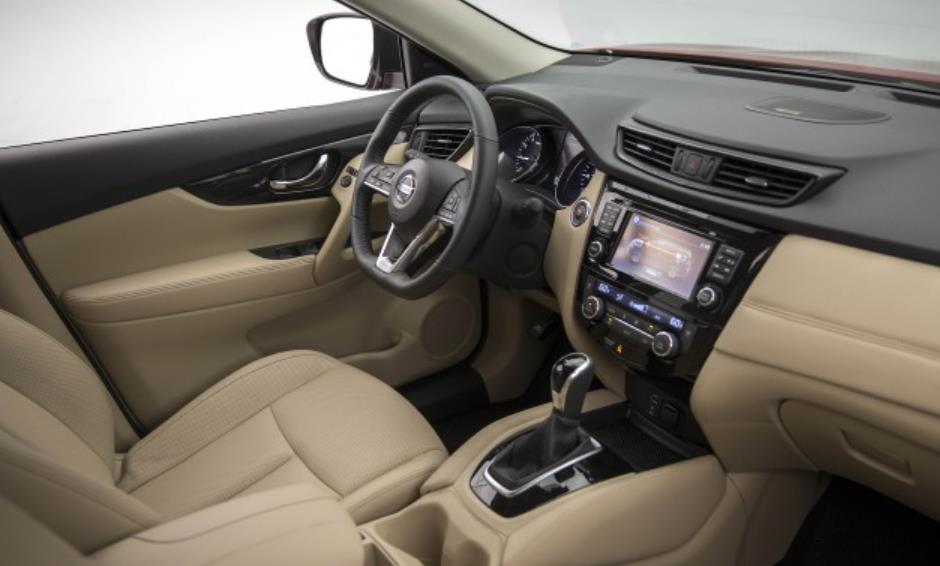
Performance and Engine Specifications
The 2023 Nissan Rogue is powered by a turbocharged 1.5-liter three-cylinder engine that produces 201 horsepower. This engine is paired with a continuously variable automatic transmission (CVT), and you have the option to choose between front-wheel drive and all-wheel drive.
The engine’s performance is quite satisfactory, making the Rogue feel perkier compared to its previous models.
Acceleration
The Rogue can accelerate from 0 to 60 mph in 7.8 seconds, which is a slight improvement over the previous models. While it may not be the fastest in its class, it offers a balanced performance suitable for daily commuting and long drives.
Real-World MPG
In real-world testing, the Rogue’s all-wheel-drive Platinum variant recorded 31 mpg on a 75-mph highway fuel economy route. This figure is slightly lower than the EPA estimates but still competitive in the compact SUV segment.
Interior Comfort and Technology
The Rogue’s interior is designed for comfort and convenience, featuring a host of standard technology and optional upgrades.
Infotainment System
The Rogue offers an 8.0-inch touchscreen infotainment system as standard, with an option to upgrade to a 9.0-inch screen on SL and Platinum models. Apple CarPlay and Android Auto are standard across all trims.
Driver-Assistance Features
Nissan’s ProPilot Assist semi-autonomous driving mode is optional on the Rogue SL and comes standard on the Platinum trim. This feature adds an extra layer of safety and convenience for the driver.
Pricing and Value
The mid-level SV model offers a balanced mix of features and is considered the best value for money. It comes with 18-inch aluminum wheels, an eight-way power-adjustable driver’s seat, and Nissan’s ProPilot Assist among other features.
Optional Packages
The SV Premium package adds a panoramic sunroof, a power-operated rear liftgate, and faux-leather upholstery, enhancing the overall value and comfort of the vehicle.
Comparing Warranty and Maintenance
Nissan’s standard warranty coverage is fairly basic, covering three years or 36,000 miles for a limited warranty and five years or 60,000 miles for the powertrain. It does not offer complimentary scheduled maintenance, unlike some of its competitors like Hyundai.
What’s New for 2023?
The 2023 model introduces a new Midnight Edition package available on the SV trim. This package adds black trim, black badging, and black wheels to the Rogue’s exterior, along with black faux leather upholstery inside.
How Many Miles Can A Nissan Rogue Go On A Full Tank?
The Nissan Rogue is known for its impressive fuel efficiency, but how far can it actually go on a full tank of gas? According to specifications from Cars.com, the 2022 Nissan Rogue has a combined MPG of 33. While the fuel tank capacity is not explicitly mentioned, it’s generally around 14.5 gallons for this model.
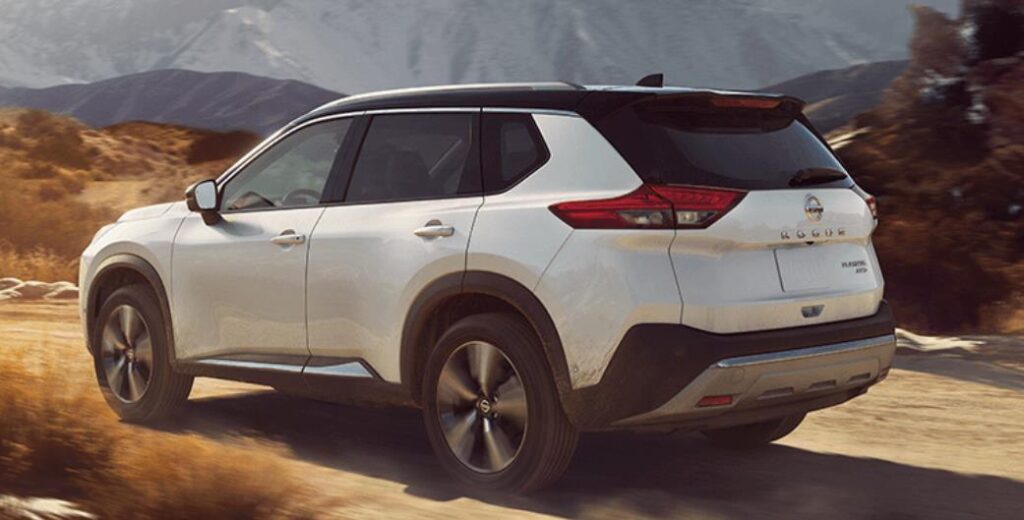
Doing the math, a full tank could potentially take you as far as 478.5 miles (33 MPG x 14.5 gallons). However, this is an estimate and actual mileage can vary based on several factors such as driving conditions, speed, and more.
How Many Highway Miles Per Gallon Does A Nissan Rogue Get?
When it comes to highway driving, the Nissan Rogue performs exceptionally well. According to data from Autobytel, the 2022 Nissan Rogue gets 34 MPG on the highway.
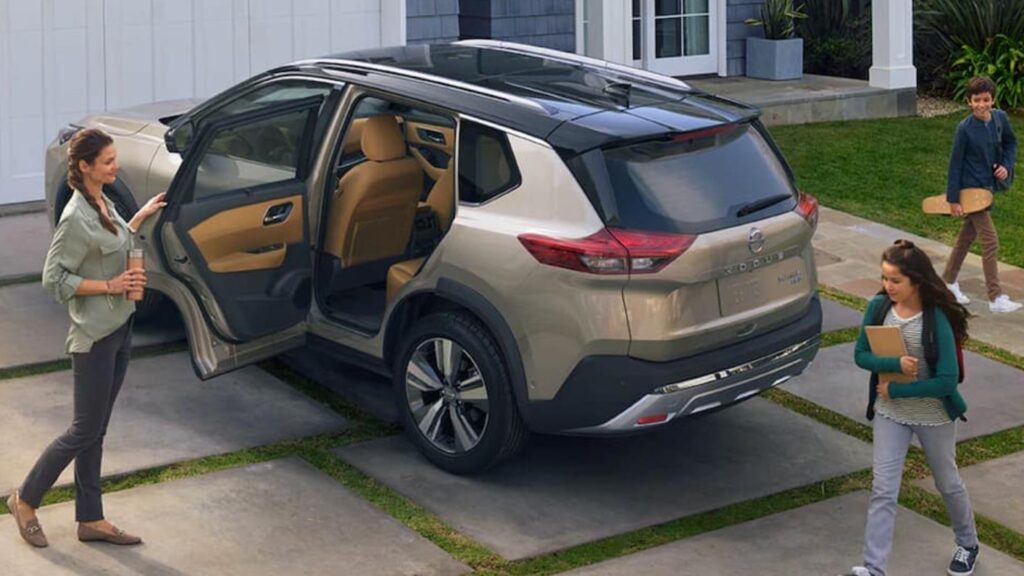
This is slightly higher than the combined MPG, making it an excellent choice for those who do a lot of highway driving.
The higher highway MPG means you can travel longer distances more economically, making the Rogue a practical choice for road trips and long commutes.
How Much Does It Cost To Fill Up A Nissan Rogue?
The cost to fill up a Nissan Rogue can vary based on several factors, including the current price of gasoline, the size of the fuel tank, and the fuel efficiency of the vehicle.

On average, the Nissan Rogue has a fuel tank capacity of around 14.5 gallons. Assuming the current average gas price is $3.50 per gallon, the cost to fill up the tank would be approximately $50.75.
What Year Nissan Rogue Gets The Best Gas Mileage?
Unfortunately, the information from the source I visited did not provide details on the fuel efficiency of different Nissan Rogue models by year.
However, generally speaking, newer models tend to have better fuel efficiency due to advancements in technology. It’s advisable to check the EPA ratings for specific years to get accurate information on fuel efficiency.
Conclusion
In summary, if you’re looking for a compact SUV with excellent fuel efficiency, the Nissan Rogue is a strong contender. With an average combined MPG ranging from 31 to 33, it offers one of the best fuel efficiencies in its class. Whether you’re driving in the city or on the highway, the Nissan Rogue is designed to keep your fuel costs low.
People Also Ask
What kind of gas does a Nissan Rogue take?
The Nissan Rogue is designed to operate efficiently on regular unleaded octane-87 gasoline or higher. Using this type of fuel not only helps you save money but also maximizes the vehicle’s fuel economy. For instance, if you opt for the Rogue S or SV trims with FWD, you can expect up to an EPA-estimated 30/37/33 MPG (City/Highway/Combined).
How do trim and drivetrain options affect the Nissan Rogue’s MPG?
The Nissan Rogue comes with various trim and drivetrain options that slightly affect its fuel efficiency. The entry-level trims like the Rogue S, SV, and Midnight Edition with FWD offer 30/37/33 MPG (City/Highway/Combined). The same trims with AWD offer 28/35/31 MPG. The higher trims like Rogue SL and Platinum with FWD offer 29/36/32 MPG, and their AWD variants offer 28/34/31 MPG. The entry-level trims are generally more fuel-efficient because they are lighter due to fewer upgrades.
How can you maximize the Nissan Rogue’s MPG?
To get the most out of your Nissan Rogue’s fuel efficiency, there are several tips you can follow:
Avoid stop-and-go traffic whenever possible.
Limit idling time.
Remove any unnecessary weight from the vehicle.
Keep up with regular maintenance, including checking tire pressure and getting oil changes.
Have there been any issues with the Nissan Rogue’s fuel efficiency?
Some users have reported a decrease in fuel efficiency over time, with fuel consumption dropping to as low as 18 mpg. However, these cases are not widespread and may be related to specific driving conditions or lack of maintenance.

Welcome to the exhilarating world of Matt Rex, a professional car racer turned renowned vehicle enthusiast. Immerse yourself in his captivating blog as he shares heart-pounding adventures, expert reviews, and valuable insights on cars, trucks, jets, and more. Fuel your passion for speed and discover the beauty of vehicles through Matt’s engaging stories and meticulous expertise. Join the ever-growing community of enthusiasts who find inspiration and expert advice in Matt Rex’s blog—a digital hub where the thrill of speed meets the pursuit of knowledge.





